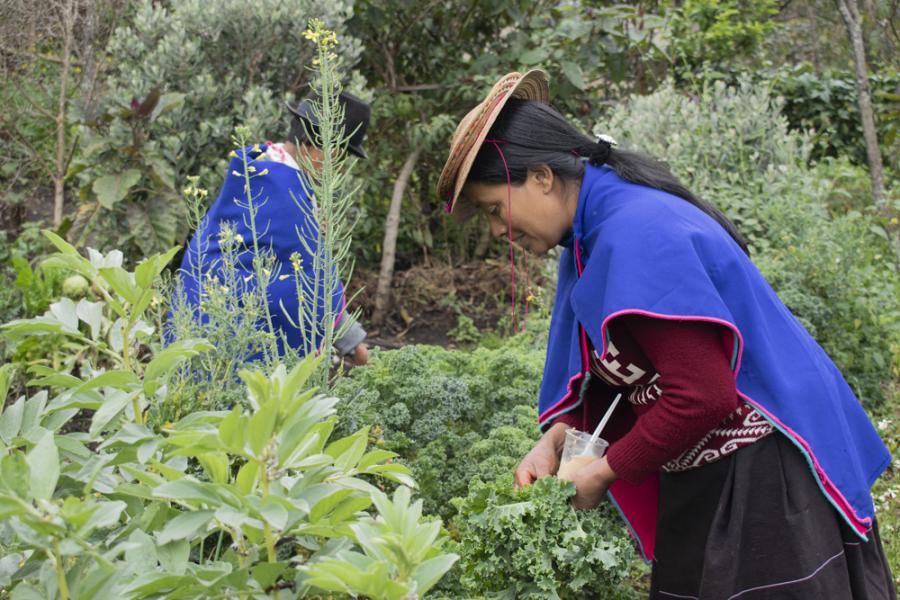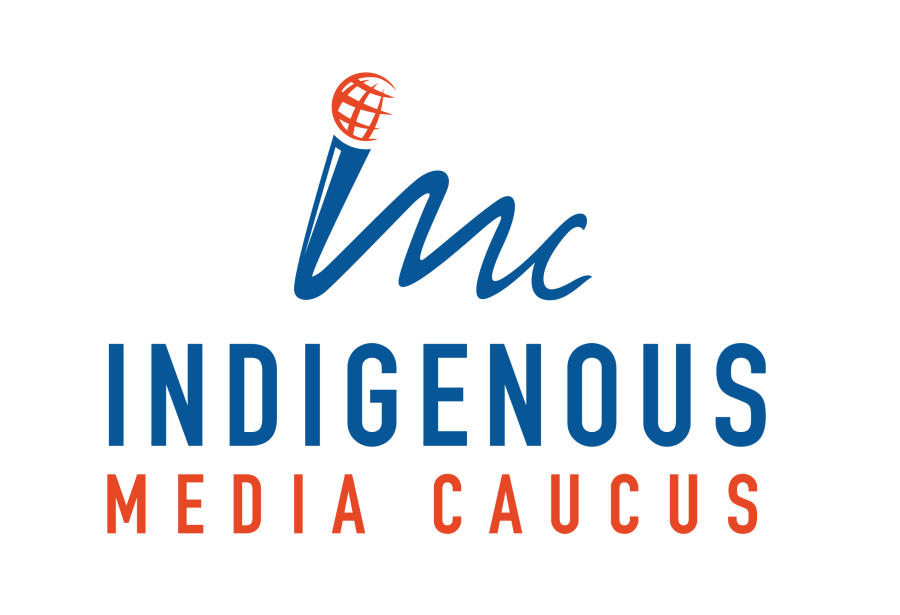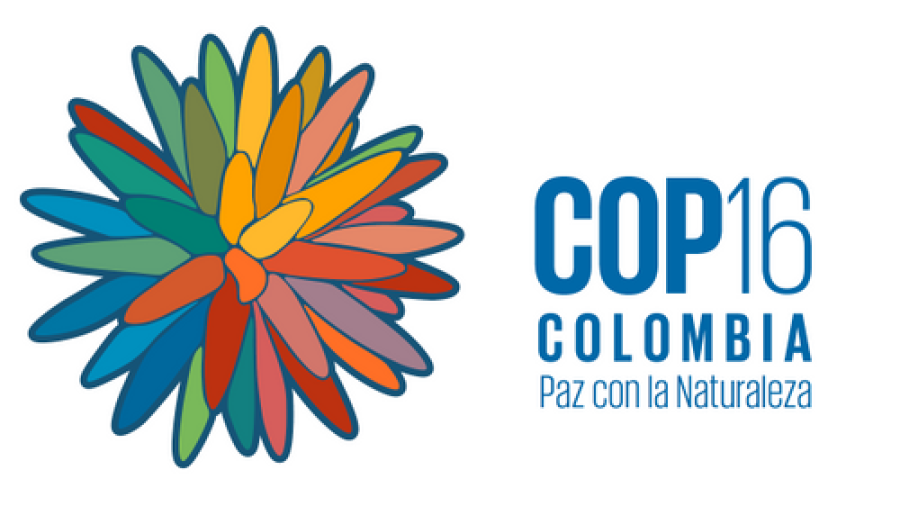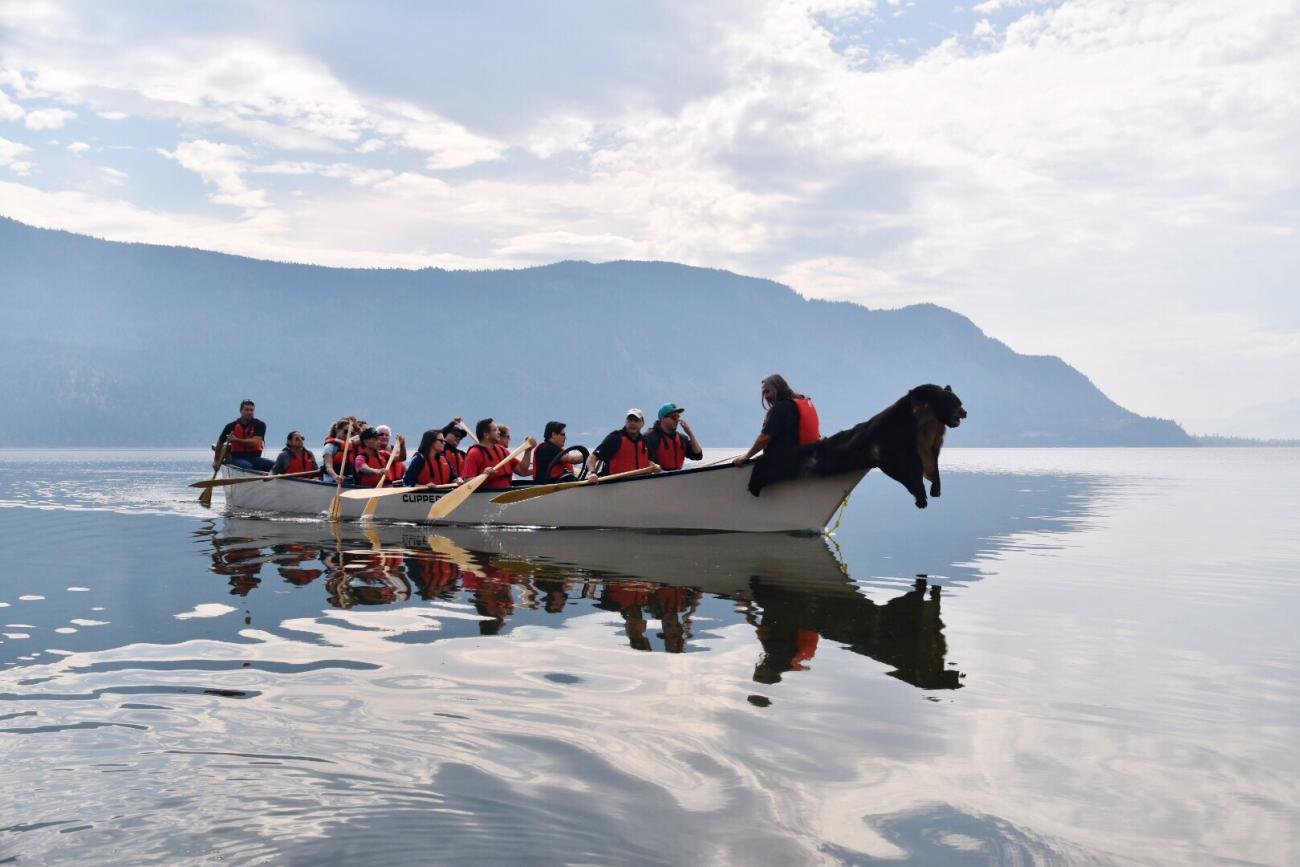
By Lucas Kasosi (Maasai, CS Fellow)
On September 27, the world celebrates World Tourism Day, an occasion established by the United Nations World Tourism Organization (UNWTO) to reflect on tourism’s impact on society, culture, politics, and the economy. The date marks the anniversary of the adoption of the UNWTO Statutes on September 27, 1970, a milestone in international cooperation regarding tourism. A decade later, in 1980, the first official World Tourism Day was celebrated. Since then, the day has been used to promote awareness of tourism’s ability to connect people, generate livelihoods, and shape global development pathways.
Tourism today is one of the largest economic sectors in the world, contributing nearly 10 percent of global GDP before the COVID-19 pandemic and employing one in every ten people worldwide. Even after the pandemic’s disruptions, the sector recovered strongly, with international tourist arrivals reaching over 1.3 billion in 2023 according to UNWTO. In countries across Africa, Asia, and Latin America, tourism is a lifeline: in Kenya, for example, the sector employs over 3.5 million youth, about 80 percent of the workforce in tourism and hospitality. Women, too, form the backbone of the industry, comprising 54 percent of the global tourism workforce, although most remain in low-paying and insecure positions.
Yet behind these impressive figures lies a deeper story of imbalance. Indigenous Peoples, who manage or influence nearly 25 percent of the world’s land surface, much of it rich in biodiversity and central to tourism, see little of these economic returns. Only about 10 percent of Indigenous-held lands worldwide are legally recognized as belonging to them, while much of the tourism revenue generated from their territories bypasses their communities entirely.
This year’s theme, “Tourism and Sustainable Transformation,” is an invitation to reflect on how this industry can become a genuine force for justice. But transformation for whom? For Indigenous Peoples, the original custodians of many landscapes now marketed as pristine tourist destinations, the story of tourism has been more one of exclusion than inclusion. While tourists come in search of natural beauty and cultural authenticity, Indigenous communities are often displaced, marginalized, or left with little benefit. If tourism is to be a vehicle for sustainable transformation, it must start by centering the voices, rights, and knowledge of these communities.
When Paradise Comes at a Cost
From the savannahs of East Africa to the forests of the Amazon, tourism has often carried a heavy human cost. In many cases, the establishment of national parks and luxury resorts has come at the expense of Indigenous Peoples who have lived on and cared for these lands for generations.
In East Africa, Maasai communities in Kenya and Tanzania have been repeatedly displaced to make room for trophy hunting and high-end safari tourism. The Maasai Mara in Kenya and the Ngorongoro Conservation Area in Tanzania, now UNESCO-recognized destinations that attract hundreds of thousands of visitors annually, were once grazing lands where Maasai herders used rotational systems that balanced livestock and wildlife. Today, these same communities face restrictions on land use, eviction threats, and limited access to water, all while international tour operators profit from the wildlife their stewardship helped sustain.
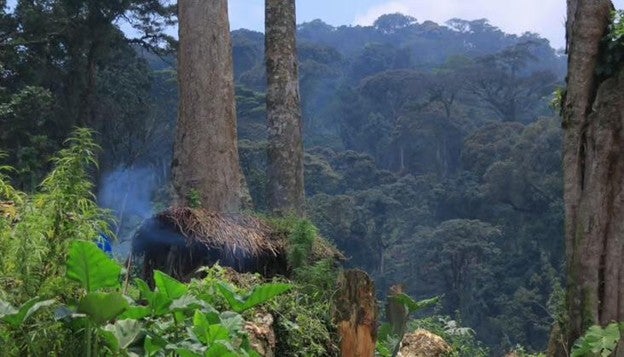
Kahuzi Biega National Park in the DRC. Image courtesy of Minority Rights Group
In Uganda, the Batwa people were evicted from Bwindi Impenetrable Forest in the 1990s to make way for gorilla tourism. Tourists now pay as much as $700–1,500 per permit to see mountain gorillas, generating millions in revenue for the state and conservation organizations. Once forest dwellers who practiced sustainable hunting and gathering, the Batwa now live on the margins of society, often in poverty, watching as tourists pay thousands of dollars to see mountain gorillas in what was once their home. The irony is stark: the Batwa are excluded from a tourism economy built on the very ecosystem they nurtured for centuries.
Across the Atlantic, the same contradictions are evident. In Brazil, the Kayapo people have fiercely protected millions of hectares of rainforest from illegal loggers and miners. Their territory is one of the most intact in the Amazon, thanks to their stewardship. Yet eco-tourism projects in the region often market the forest as “untouched wilderness,” failing to recognize the role of Indigenous management. Communities are rarely included in planning, and the benefits from tourism ventures are minimal.
In Ecuador, the Huaorani people provide a different example. When faced with eco-tourism proposals in their territory, the Huaorani demanded meaningful participation in planning. After nine months of dialogue with a tour operator, they co-created a tourism initiative that respected their cultural values and gave them control over how visitors engaged with their land. This process demonstrated that when Indigenous Peoples are treated as equal partners, tourism can create opportunities without erasing rights.
Indigenous Tourism as Resistance and Renewal
Despite systemic exclusion, Indigenous Peoples across Africa and Latin America are reclaiming tourism as a space of resistance, renewal, and empowerment.
In Aotearoa New Zealand, Māori communities have developed river-based tourism ventures that embody kaitiakitanga, or guardianship. The Whanganui River, legally recognized as a living being in 2017, is central to experiences that introduce visitors to Māori worldviews. Tourism here is less about numbers and more about transformation: travelers leave with a deeper understanding of Māori philosophy that links people and nature as one.
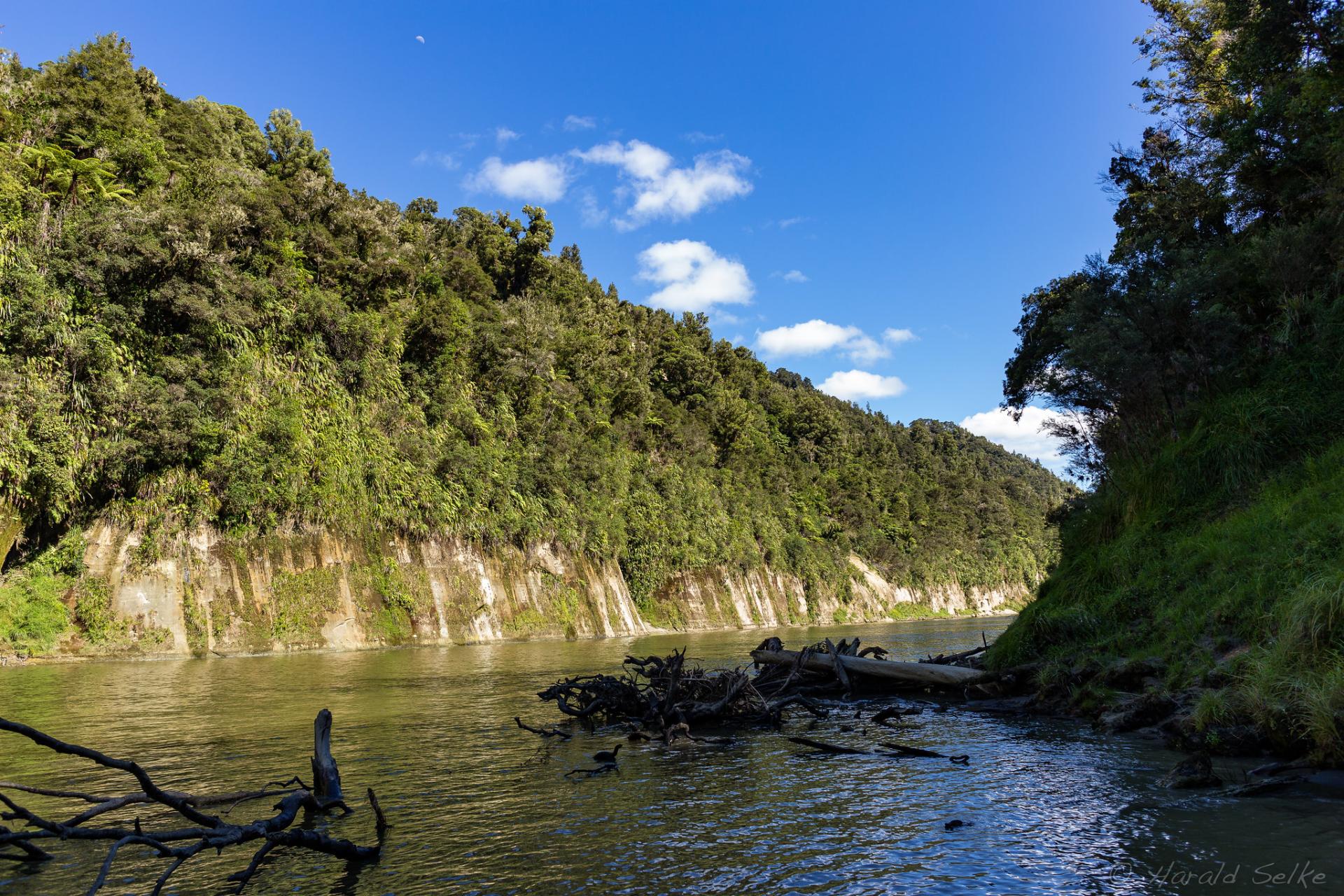
Whanganui River. Image by Harald Selke.
In Australia, Aboriginal leaders such as Quentin Agius of South Australia use tourism to teach visitors the depth of Aboriginal connections to Country. His tours bring travelers to ancient burial sites and sacred landscapes while recounting stories of colonial dispossession. For Agius, tourism is a classroom: “We want to protect our Country and what’s left of our ancient sites and burial grounds, which link us to our ancestors and culture.” By weaving truth-telling into the tourism experience, he transforms it into advocacy for rights and recognition.
In Fiji, community-based enterprises like Rivers Fiji and Talanoa Treks show how tourism can strengthen the social fabric. These businesses are rooted in community ownership and decision-making, ensuring revenues support collective needs such as schools, water systems, and village kitchens. For Fijian communities, tourism is not about enriching individuals but enhancing the well-being of all.
Similar stories are unfolding in Latin America. In Peru, Quechua communities in the Sacred Valley of the Andes have created homestay programs where visitors learn traditional weaving, farming, and cooking practices. Tourism revenue supports local women’s cooperatives and cultural education programs for children. Here, Indigenous tourism becomes a tool for language preservation and intergenerational learning.
In Guatemala, Maya communities are blending eco-tourism with cultural revival. Tours through sacred caves and mountain landscapes are guided by spiritual leaders who explain the significance of these places. Rather than treating heritage as a commodity, these initiatives assert the Maya worldview that land and culture are inseparable, offering visitors a chance to engage with living traditions rather than staged performances.
Indigenous Knowledge as the True Blueprint for Sustainability
The global tourism industry often describes sustainability in terms of carbon reduction, efficiency, or balance sheets. For Indigenous Peoples, sustainability is a lived philosophy rooted in guardianship, reciprocity, and responsibility to future generations.
In Fiji, chiefs implement tabu zones, prohibiting fishing in certain areas to allow marine life to regenerate. Among the Māori, stewardship of land and waters is a sacred obligation passed down through generations. In the Amazon, Indigenous fire management practices maintain biodiversity while preventing destructive wildfires. In East Africa, Maasai grazing systems maintain open savannah landscapes that benefit both livestock and wildlife.
These are not outdated traditions but sophisticated systems of sustainability that global tourism frameworks can, and must learn from. While the Sustainable Development Goals provide an international framework, Indigenous knowledge offers a lived blueprint that is holistic, values-driven, and time-tested.
Beyond the Green Label
Eco-tourism has become a global buzzword, marketed as the responsible choice for travelers and a supposed solution to climate change and biodiversity loss. Today, it represents a market worth over $100 billion worldwide, promoted as a way to align leisure with environmental protection. Yet behind the “green” label often lies a troubling reality: eco-tourism projects can mask the displacement of Indigenous communities or offer them only token benefits. Tourists may feel comforted by eco-certifications, paying premiums for experiences branded as sustainable, but few realize that many of these initiatives exclude local people from decision-making and profit-sharing.
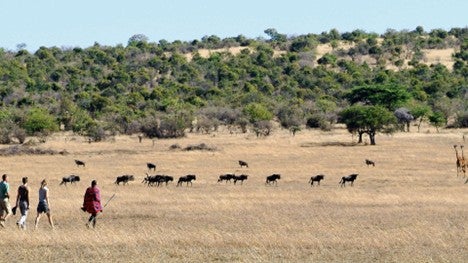
A Maasai guide leads tourists on a wildlife viewing tour within a community conservancy. Image courtesy.
True transformation in tourism requires far more than marketing labels or eco-certifications. It begins with enforceable recognition of Indigenous land rights and legal protections that prevent displacement. It demands that tourism revenues flow directly into Indigenous communities, funding education, health, and cultural revitalization rather than bypassing those most affected. It requires that Indigenous Peoples themselves determine how their stories, traditions, and sacred places are shared, or shielded from exploitation, ensuring that cultural heritage is respected, not commodified. Transformation also means empowering Indigenous youth, who form a large share of the tourism workforce in many countries, with access to training, technology, and leadership opportunities, so they can shape tourism’s future on their own terms.
Toward a Just Future of Tourism
Tourism can indeed become transformative, but only if it reckons with its history of exclusion and embraces Indigenous leadership in shaping its future. From the Maasai of East Africa to the Batwa of Uganda, from the Huaorani of Ecuador to the Quechua of Peru, Indigenous tourism enterprises are already showing what transformation looks like: community-driven, culturally grounded, and environmentally sustainable. These ventures are more than businesses; they are acts of cultural survival, resistance against dispossession, and pathways to community resilience.
As the world observes World Tourism Day 2025, the message is clear. Indigenous Peoples are not passive backdrops for tourist photographs. They are the original stewards of the world’s most cherished landscapes, and their knowledge and values are indispensable for a tourism industry that truly sustains both people and planet.
Tourism will only become genuinely transformative when it safeguards not just landscapes but also the communities who have always called them home. With Indigenous leadership at its center, tourism can finally fulfill its promise as a force for justice, equity, and renewal, ensuring that the transformation we celebrate on this day includes all of us.
Top photo: Image courtesy of Province of British Columbia, Indigenous Tourism BC.
